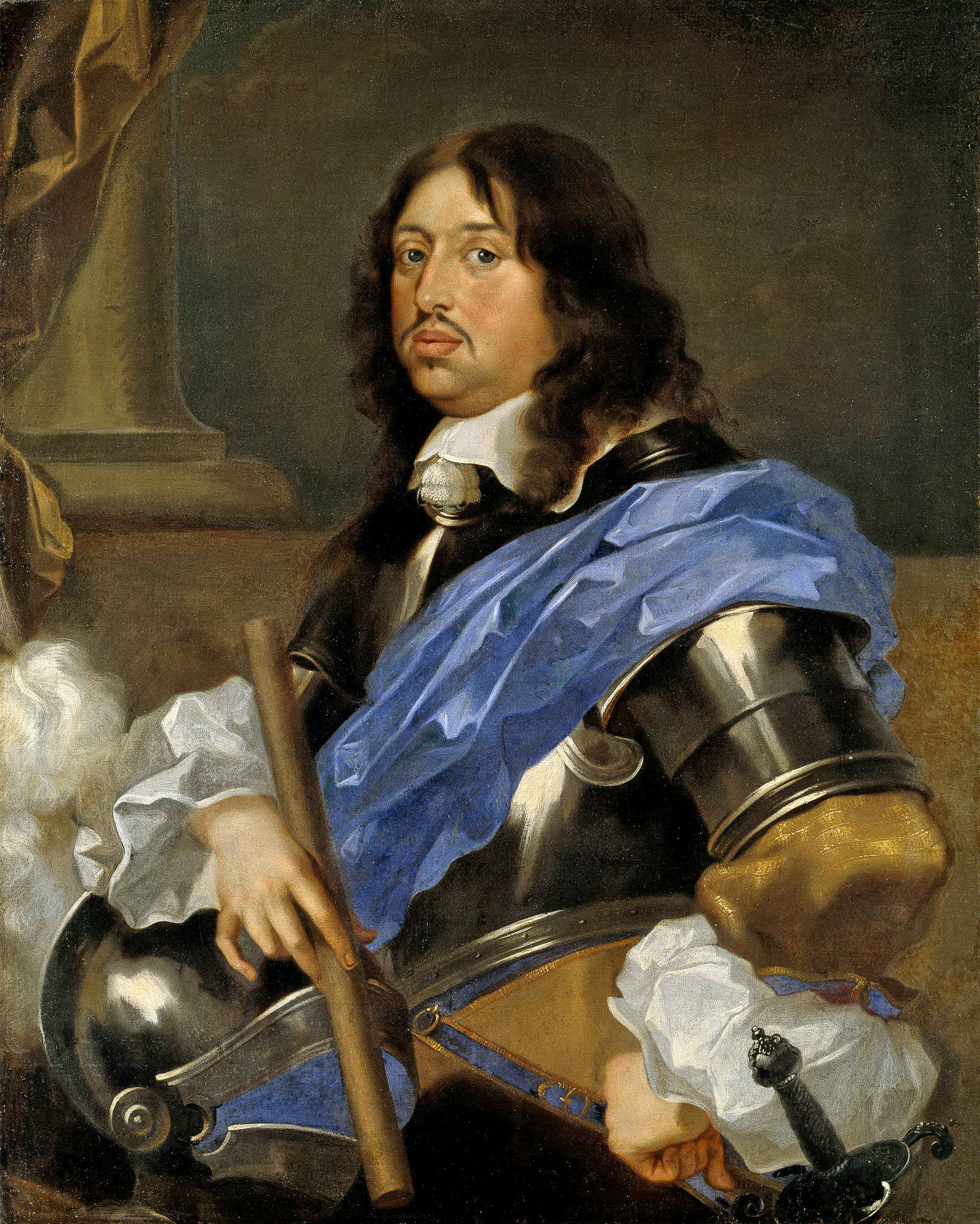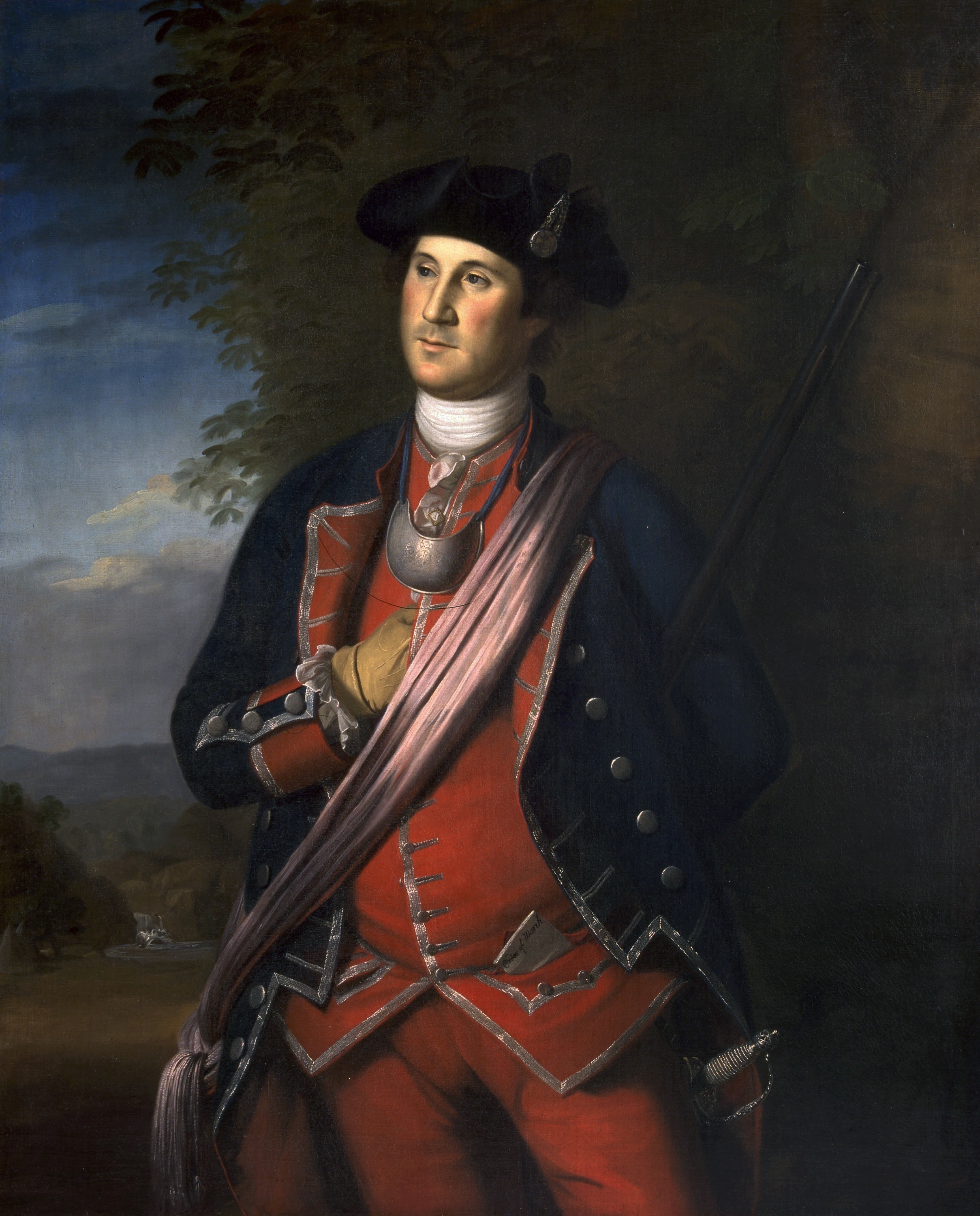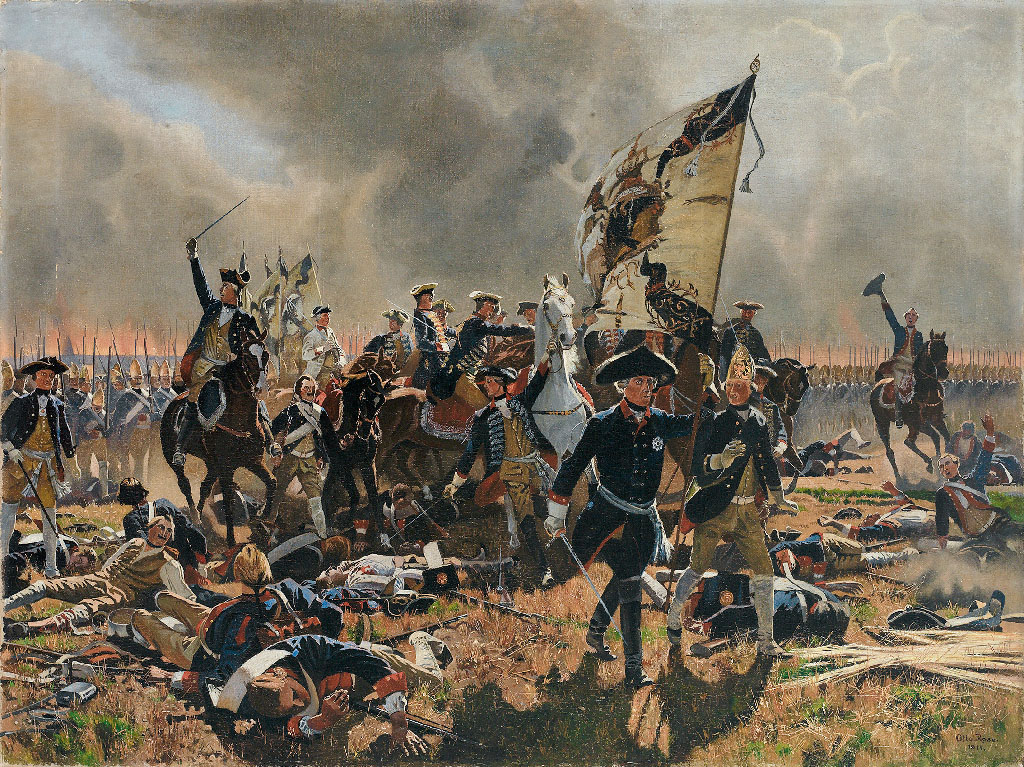 |
| Cover Art |
Today we are going to examine a new work covering the Austrian military from 1618 to 1918. Richard Bassett, a British journalist, has set out to rectify a problem. He argues the idea of Austrian writer Hermann Bahr, that "Austria has not been lucky with its biographers," also hangs true for the Austrian Imperial and Royal Army. It seems a bid odd to be making this case in 2015, when both Christopher Duffy and Franz Szabo have done so much to show that Austria had an effective military in the Seven Years' War. Indeed, Duffy is referenced in the acknowledgements as the first among equals of Seven Years' War historians, yet Bassett makes no reference to Duffy's magisterial two volume work on the Austrian army in the Seven Years' War.
As general work on the Austrian Army over the the three centuries, the work is successful, and may well (sadly, as will be shown) become a standard reference work and textbook. However, in the Kabinettskreige era, Bassett makes several glaring mistakes, which are exacerbated by the painfully few number of footnotes provided. Bassett gives an insightful overview of the Theresian military reforms of the 1750s, but comes into more trouble when describing the course of the Seven Years' War itself. As with some previous historians, Bassett sees Frederick II of Prussia more as a mustachio twirling villain than an actual historical figure. Like Szabo, (indeed, Bassett cites Szabo frequently, and for the following quote) Bassett seems to revel in ambassador Mitchell's description Frederick II (at 46) as, "an old man lacking half his teeth, with greying hair, without gaiety or spark or imagination." Once again, Frederick's slovenly habits are brought to the fore, as Bassett notes his predilection for wearing uniforms past the point of no return, and the many stains on his clothing. All of this makes for good reading, and poetic catharsis from the Austrian viewpoint, but does it help advance the narrative forward?
As in Szabo, Frederick becomes the scapegoat in a flimsy morality play, where Prussian defeats are Frederick's sole responsibility. Bassett relates manifold Prussophobic anecdotes, usually without footnotes. Frederick's practice of detaching independent commands is blamed for the defeat at Maxen, and Bassett clearly fails to note that such practices were often devastatingly successful, as when Frederick used a detachment to force the Russian army to retreat from positions surrounding Bunzelwitz. Bassett continuously suggests that Frederick is responsible for failures.
For God and Kaiser becomes almost unreadable when Bassett suggests that at Torgau, the Prussians took 24,000 causalities a to the Austrian 2,000. To put it mildly, such figures are historically irresponsible. Estimates for Prussia losses at Torgau range from around 17,000 to 25,000, and a figure of 20,000 might be plausible, considering the nature of the Prussian attack against massed artillery. However, Austrian losses were comparable, considering the all-day of the battle, which ended in the Austrian army abandoning the field, (through no work of Frederick's, it has to be said: Hans Joachim von Ziethen's corps, and Johann Dietrich von Huelsen's heroic attack won the battle.) Duffy's most recent total places the Austrian causality figures around 15,000, which though still a heavy loss on the Prussian side was not the one-sided massacre which For God and Kaiser suggests. This might be compared to the totals at Kunersdorf, where the Prussians lost 18,000 men to the allied total of 16,500. Were these losses which Prussia could ill afford, brought on by Frederick's unwillingness to abandon his preferred method of war? definitely. Did the Prussian king recognize this after Torgau? certainly.
1761 is glossed over as a year of rebuilding, Frederick's achievement at Bunzelwitz does not even warrant a reference, and the text quickly moves to a description of the death of the Tsarina, Elizabeth Petrovna, who was replaced by her nephew, Peter III, who admired Frederick. This led to Russia switching sides in the conflict, but only briefly. Indeed- like Szabo before him, and doubtless others afterwards, Bassett is confronted by the problem of the events of 1762. For those who say that Frederick had no skill and imagination in the Seven Years' War, that the Prussian army was a broken force, 1762 becomes a severe problem. The Prussian army was certainly rescued from destruction by Elizabeth's death, but as Christopher Duffy has suggested, this only brought the Seven Years' War back into the balance. The Prussians won the Seven Years' War in 1762. Frederick's victories at Burkersdorf and Reichenbach, and Prinz Henri's victories at Doeblen and Freiberg won the Seven Years' War. Bassett spends most of this year on the Austria defense of Schwiednitz- admittedly, a heroic endeavor.
Bassett closes out his description of the Seven Years' War arguing that by 1762, the Austrian army was the most widely admired and emulated army in Europe. Clearly, then, Bassett has not heard of Prussomania. It should also be noted, Bassett spends a great deal of time discussing the Austrian success in the War of Bavarian Succession. Clearly, this would be a surprise for Charles IV Theodore of Bavaria, whose was placed on the throne of Bavaria as a result of Prussian military intervention (and perhaps more tellingly, Russian threats.) The Austrian army achieved spectacular feats in the Seven Years' War. They were well- led professional soldiers, who were able to score an impressive number of victories in their contest with Prussia. Kolin, Hochkirch, Maxen, and Landeshut all deserve to be remembered by Austrian soldiers with pride. But by making Frederick into a skin and bones scarecrow leading an army of ill-trained misfits, Bassett does a disservice to the past.
It may seem that I am nitpicking a rather small portion of Bassett's book, or that I have an ax to grind regarding Frederick II of Prussia. I would say that both of those observations are correct. Bassett's overly partisan account of the Seven Years' War takes his "history" into the realm of a morality play. If his book cannot be trusted to give an impartial (or even factual) account of eighteenth century Austrian military history, why should it be trusted to do so for the twentieth century? Indeed, the book resorts to blaming Prussia (and in turn Germany) for many of Austrians military failings, including when the German forces were allied with the k.u.k. army in the First World War. Bassett attempts to turn Holger Herwig's suggestions that the Austrian army dragged down German military capabilities on its head, suggesting that Franz Conrad von Hoetzendorf was prevented from winning World War One by telegrams from Berlin.
In attempting to promote Austrian military success, For God and Kaiser follows an excellent revisionist scholarly trend. In attempting to create a wildly successful Austrian Royal Army which outshone, and was impeded by failures in Prussian and German military professionalism, he falls for a mirage. Bassett creates an excellent overview of Austrian military history, suitable for those who have a passing interest in the Habsburg past, and no serious interest in reading more in depth works on particular periods. For individuals who are interested in a more detailed picture of the past, eschew this work in favor of more focused studies.
Thanks for Reading,
Alex Burns
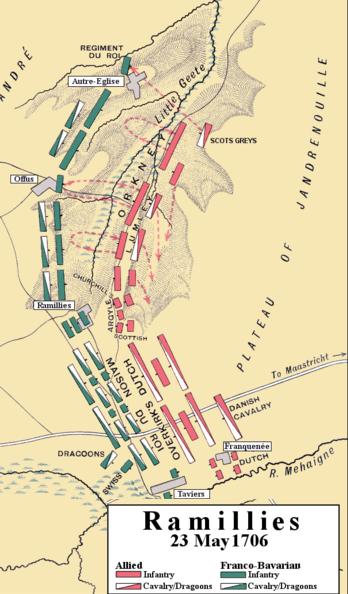







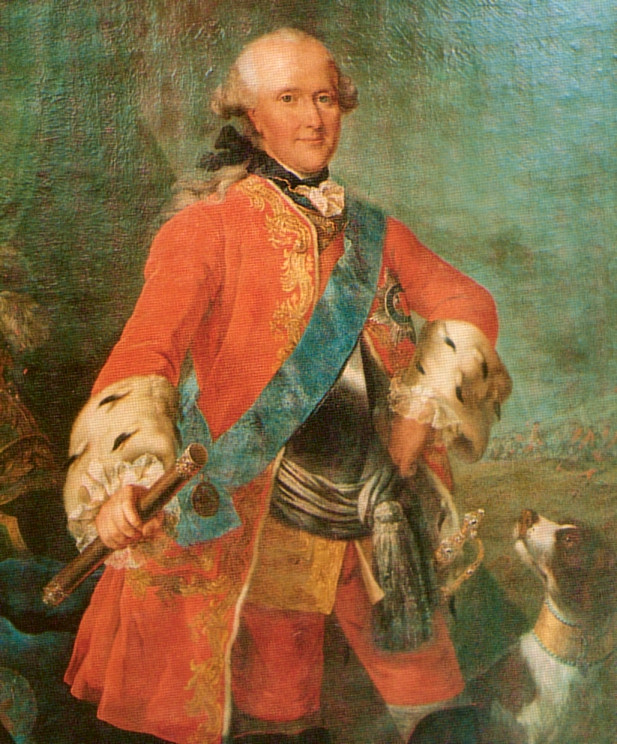
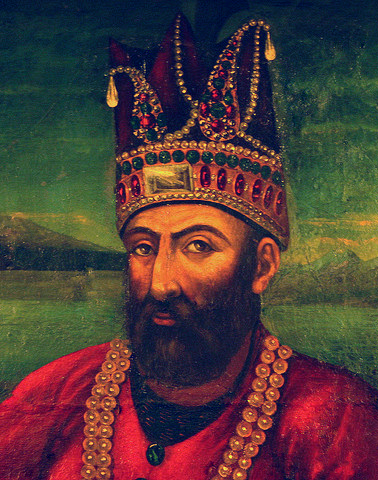

.jpg)
